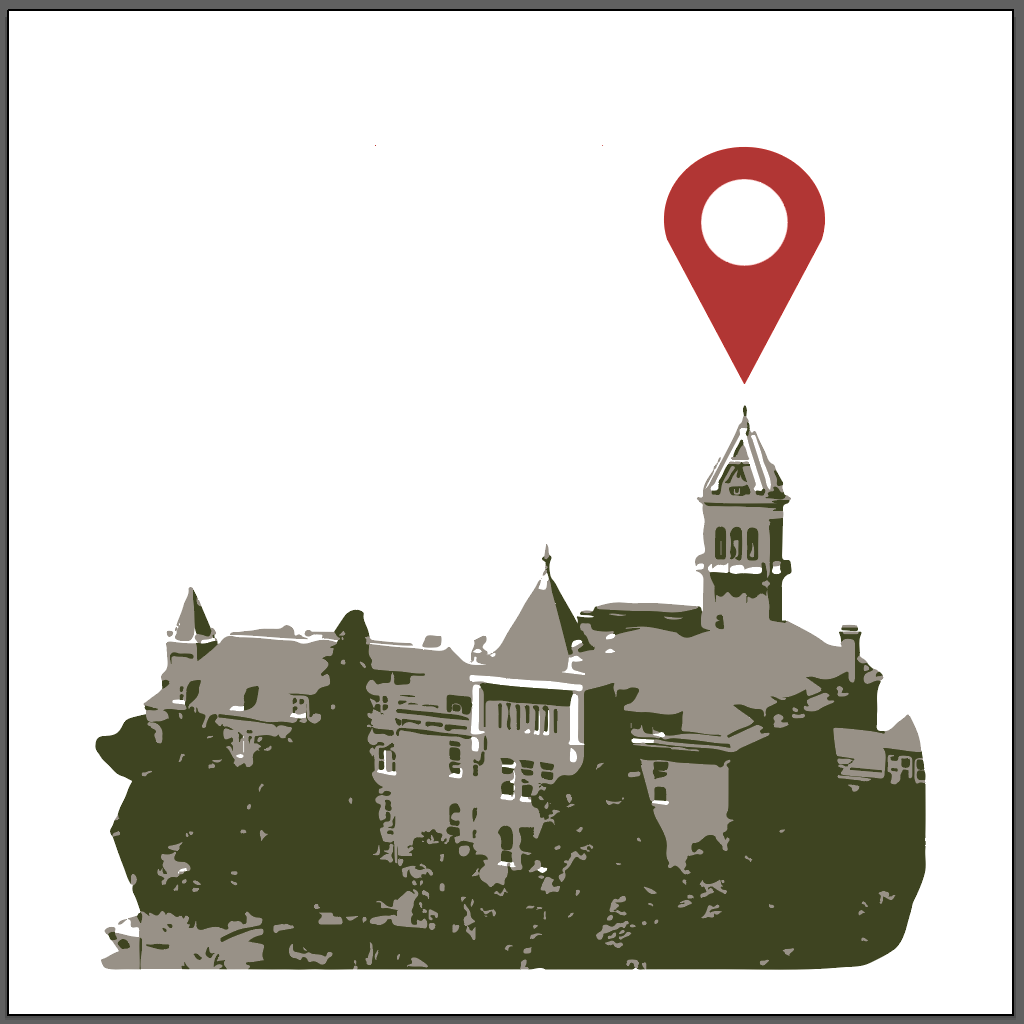GeoGuessr game drops students around the world
Tens of thousands of kilometers over our heads, satellites orbit the Earth at breakneck speeds. They carry with them data from across the globe, like the angle of a test missile, the velocity of plate tectonics or your DoorDash driver’s location.
When most people think of GPS, they may think of its most common use, navigation. A good example of this would be calculating the quickest route to a grocery store.
But for people involved with GIS, there’s a whole other world of geospatial data to be explored.
Bethany Haskell, a senior majoring in conservation and restoration ecology, said GIS stands for geographic information systems.
“I explain it as digital mapmaking,” Haskell said. “You use software to answer questions that are geographical, like if you want to figure out the where of things.”
One of the more unique applications for GIS is an online game called GeoGuessr. In the game, players are dropped in a random part of the world via Google Street View. They have a limited amount of time to search their surroundings for information to find out where they are.
Once a player is confident in their guess, or time is running out, they select where they think they’ve landed on a mini map. Points are awarded based on the proximity to the actual location, and then the next round begins with a new location.
USU’s very own GIS club, TERRA, held a GeoGuessr event in the Life Sciences Building on Sept. 19. The competition began with students eagerly scanning the streetview for road signs, advertisements, landmarks and anything else that could be used to identify the slice of Earth they were in.
When a player won a game, they were allowed to choose a prize from a large cardboard box. Though it was full of simple objects like TERRA mugs or stickers, that did little to quell the excitement.
After the final round had ended, club members began discussing their plans for upcoming TERRA events. Being involved with GIS, the club has the privilege to engage with various forms of technology, both software and hardware.
Justin Berrett, a senior majoring in geography and the club’s vice president, enthused about an upcoming project involving drones.
“One activity that I’m excited about is drone mapping. My minor is in drones, so I’m going to show everyone how to map out an area,” Berrett said. “The drone will fly in an automated grid pattern and take pictures, and then we can stitch all of those together to create one single image.”
Other planned events include study nights, more trivia events and an overarching project to update USU’s online campus map, highlighting user-friendly design.
The club also hosts lectures from professionals who use GIS in their careers, such as Molly Cannon of USU’s archeology program. She discussed outreach and the impact that satellite technology has had on her research over the years.
In a similar vein, many club members are students of the College of Natural Resources.
Paige Sargeant, club president, is a junior studying management and restoration of aquatic ecosystems. She mentioned how GIS has helped her through her time at Utah State.
“It’s a very useful skill. It allows you to tackle research questions in ways that you would never have considered,” Sargeant said. “It’s also a very useful tool in the workforce. A lot of different companies are starting to tap into GIS technologies and how they can help run their businesses.”
Overall, club members thought the night was a resounding success with plenty of laughter and healthy competition. The club hosts casual events such as this often, and anyone is free to join.
“The club is open to most people on Tuesdays,” Haskell said. “For anyone who’s interested in joining, the advice that I would give is to just come in. If you really like it, you can consider adding it as a minor, like I did.”
Students interested in joining the club can find them in room 225A of the Life Sciences Building on Tuesday evenings, or on Instagram at @terrageospatial.

